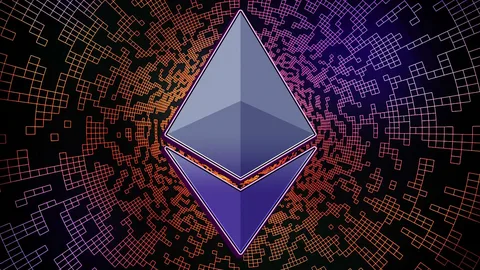Core developer Justin Drake has suggested cutting Ethereum’s slot duration in half, from 12 seconds to just 6 seconds. This is a bold new suggestion that could significantly enhance Ethereum’s performance. If this modification were mimplemented it would veffectivelydouble the anumberof blocks mcreatedon the Ethereum blockchain. This would have several technical and economic effects on validators, developers, and consumers.
What Are Slot Times
The Ethereum network makes one block every 12 seconds using its current proof-of-stake (PoS) consensus model. A “slot” is what each of these 12-second intervals is termed. A validator is picked at random throughout each slot to suggest a new block. Shorter slot times would allow block proposals to occur more quickly, which would speed up transaction confirmations and potentially make the network more responsive.
Ethereum would essentially make twice as many blocks per unit of time if it cut the slot time from 12 seconds to 6 seconds. Not only would this enhance the user experience, but it might also open up new avenues for improving scalability and data availability.

The Motivation Behind the Proposal
For years, many in the Ethereum research and development community have talked about speeding up slot times. However, Drake’s latest statements have reignited the conversation at a time when there is more pressure than ever to improve Ethereum’s performance and catch up with the speedier Layer-1 chains, such as Solana and Avalanche.
Ethereum currently faces scalability issues, which impact the number of transactions that can be processed and their processing time. Base layer enhancements remain crucial for long-term success, even as Layer-2 scaling solutions like rollups help reduce congestion. Reducing transaction times could be a straightforward approach to improve Ethereum’s base layer without requiring a complete overhaul of its architecture.
Drake emphasised the need to keep Ethereum competitive and reduce delays in finality, especially as the blockchain ecosystem becomes more complex and customers demand faster settlement.
Technical Implications and Challenges
The concept has several intriguing benefits, but it also presents significant technological challenges. A shorter slot time means that validators have to work faster. They would have to process attestations and suggest blocks more quickly, which would leave less time for network propagation and increase the risk of missed attestations or forks.
The Ethereum network must ensure that all validators receive and evaluate block proposals on time. This is harder as the slot time gets shorter. Under more extreme conditions, developers would also need to test how strong Ethereum’s networking layer is.
There is also the chance of centralization. Validators with faster internet connections and better hardware would be better able to keep up with the faster pace, which could leave smaller or less well-off validators behind. This could hurt Ethereum’s decentralization, which is a key part of how it was made.
Clients (the software that validators use to connect to the network) would also need modifications to deal with the increased block rate. To avoid performance problems, you may need to reengineer synchronization, message transmission, and consensus logic.
Economic Considerations
Shorter slot times could impact Ethereum economy in multiple ways. More blocks provide more chances for transaction fees and MEV (Maximum Extractable Value), which could help validators make more money. But this could also make hardware wear out faster and cost more to run.
Also, because Ethereum gives out a set number of rewards for each block, increasing the number of blocks might double the staking rewards. However, this would only happen if the protocol was changed to keep the total issuance the same. This means that developers would have to be very careful about how they set up the rewards so that they don’t accidentally cause inflation.
Drake has said that the number of blocks could go up while the incentives for each block go down to keep the total amount of new coins at the same level. This would make sure that validators don’t get too much money and that the network’s economy stays balanced.

Potential Benefits for Rollups and Layer-2s
This idea would be very helpful for layer-2 networks like Optimism, Arbitrum, and Base. Faster block timings mean that data is available on the Ethereum base layer more quickly. This is important for rollups that need to publish data back to Ethereum for security.
Conclusion
The notion to cut Ethereum’s slot time in half to 6 seconds and treble the rate at which blocks are made is bold and has big consequences. If done carefully, it might make a big difference in transaction speed, Layer-2 performance, and the overall user experience. But it also brings up a lot of important technological, economic, and decentralization problems that need to be thoroughly thought out.
Changes like this could shape the future of the Ethereum network as it continues to grow after the Merge. The community will now keenly watch as talks continue and possible testing starts. This is another chapter in Ethereum’s ever-changing development saga.

















